
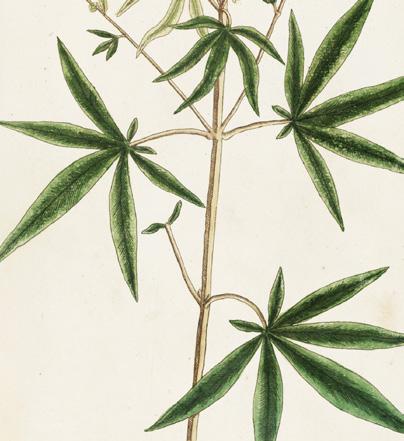



This is the Eupatorium of Dioscorides, Galen, & the ancient Greeks; it grows about two Foot high, having several winged hairy Leaves of a pale green Colour, and yellow Flowers. It grows in Hedges, and the Borders of Fields, and flowers in June and July.
Agrimony is esteemed cleansing and purifying for the Blood, strengthening the Liver, and good in all Diseases arising from the Weakness thereof, as the Dropsy, Jaundice &c. Matthiolus recommends it with white Wine as an excellent cure for the Strangury and bloody Water. Riverius extols the Powder of the dried Leaves for the Incontinence of Urine. It is likewise a vulnerary Plant, & put in Wound-Drinks; & outwardly used in Baths & Fomentations.

This Plant grows to be three Foot high; the Stalks are square, the Leaves a light yellow Green, and the Flowers white. It grows only in Gardens here, and flowers in July and August. The whole Herb is used, and esteemed cordial, cephalic, good for Disorders of the Head and Nerves, chears the Heart, cures its Palpitation, prevents Fainting, Melancholy, Hypochondriac, and Hysteric Disorders; resists Putrefaction, and is of great service in malignant and contagious Distempers; outwardly applied it helps the stinging of Bees and Wasps. The officinal Preparation is, the Simple Water.
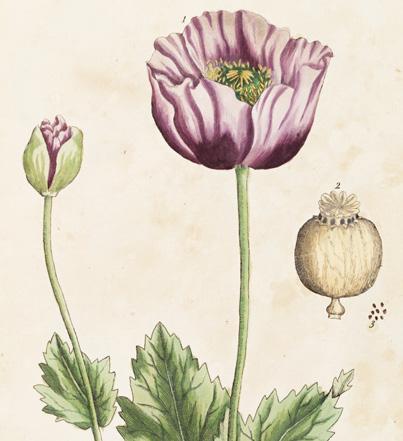
[Black Tea, Camellia sinensis]
This Shrub grows much of a height as the other, and is thought the same by many; and that the only Difference is in the Drying of the Leaves or the Time of gathering them; whereas by what Kempfer says, the Soyl and the Climate make a considerable Di¤erence; his Words are Folium ratione folinatalis, ±tus, aetatis haud parum in substantia magnitudine et figura variat.f.611.
It grows in Japan and flowers in Summer. This Specimen was taken from Kempfer, who took it on the Spot.
This Tea is esteem’d balsamic and analeptic; and good for Consumptions; but must be used moderately.

[Common Elderberry, Sambucus nigra]
This is a common Hedge Tree, & seldom grows to any great bigness. The Leaves are a light grass Green, the Flowers white, and the Berries a deep purple.
It grows frequently in Hedges near Ditches, and flowers in May the Berries being ripe in September.
The Bark, Leaves, Flowers & Berries are used. —The inner Bark is much used for the Dropsy. The Leaves outwardly are good for Inflammations, St. Anthony’s Fire & the Piles; the Flowers are used for the same, and are also put in Fomentations & Cataplasms for all kinds of Swellings, Tumours, & Pains in the Limbs: inwardly they expel Wind, & help the Cholic. The Berries are cordial & useful in histeric Disorders.
On the Trunk of this Tree grows an Excressence which they call Jews Ears, being accounted good for the swelling & Inflammation of the Tonsils, sore throats and Quinseys.
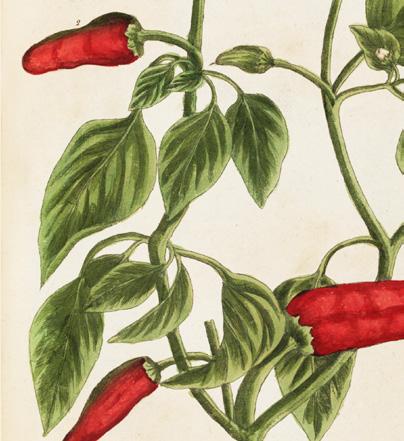
It grows to be two Foot high, the Leaves are a yellow Green, & the Flowers a pale Yellow.
Hedge-Mustard grows commonly by Way-sides, and on Banks, and flowers most part of the Summer.
This Plant is hot, dry, opens & attenuates; by its warming Quality, it desolves thick and slimy Humours in the Lungs, helps a Cough and shortness of Breath. It is much recommended against an habitual Hoarsness, to recover the Voice. Riverius praises a Decoction of it in Wine, as a good remedy for the Collic. The officinal Preparation is, the Syrupus de Erysimo. -
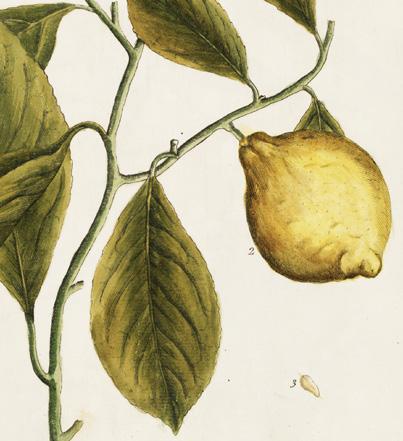
This Centory seldome grows above a Foot high, the Leaves are a deep grass Green, and the Flowers a red Purple. It grows in Fields & dry Pasture Grounds, flowring in June and July. It is esteem’d cleansing and apperative, good to open Obstructions of the Liver and Spleen, provoke Urine and the Menses, help the Jaundice and intermitting Fevers, strengthen the Stomach and destroy Worms. Outwardly it is used in Fomentations against Swellings and Inflammations. The Officinal Preparation is an Extract.
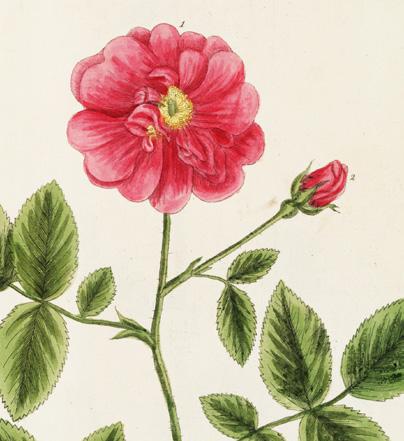
It grows about a Foot & an half high; the Leaves are a deep grass Green, and the Flowers a dull yellow. It grows frequently about Yarmouth and Romney Marsh, and flowers in July.
This is much of the Nature of the common Nettle; see Plate 12. but the Seed is accounted a better Pectoral, and of greater Service against Coughs and Affections of the Lungs.
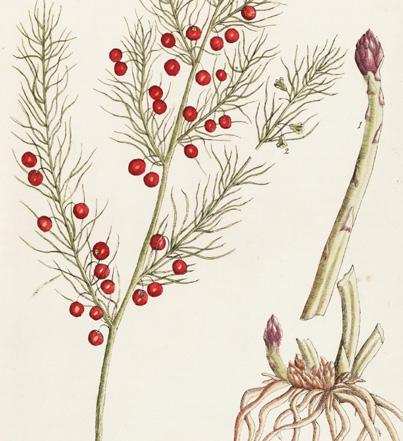
The Stalks grow near a Foot high, the Leaves are a deep Green, and spotted above; and a pale Green without Spots underneath; and the Flowers a dull red and a blue purple on the same Stalk.
It is planted in Gardens, and flowers in March and April.
The Leaves are accounted pectoral and balsamic; good for Coughs, Consumptions, spitting of Blood, and the like Disorders of the Lungs. They are also put into Wound-Drinks and traumatic Decoctions, being agglutinating, and good to heal Wounds, Ulcers, and old Sores.

The Stalks grow about a Foot high, the Leaves are a deep grass Green, and the Flowers a blue Purple, with red Stamina. It grows in Meadows, and flowers in July. The Leaves and Flowers are used, and accounted good for the Bites of Vipers and other Venemous Creatures. -

This Plant is not certainly known to be the Zerumbet of the Arabians; but that the Curious may have an Opportunity of enquiring more particularly into it; I have given them one Specimen from the Malabar Garden, Vol. 11. Tab. 7 and one from Herman’s Catalogue of the Leyden Garden; f. 637. It grows about 18 Inches high, the Roots are cream colour, the Stalk a whitish Green, the Leaves a deep Green above & light underneath and the Flowers whitish. It grows in Ceylon in the East Indies.
The Roots are commended in the Malabar Garden, as good to quench all inward heat, purge the Reins, stop the Fluor Albus, and a Gonorrhea.
Ansel Adams: The National Park Service Photographs 978-0-7892-0775-3
The Art of Rock: Posters from Presley to Punk 978-0-7892-0611-4
The Art of Tarot 978-0-7892-1306-8
Audubon’s Birds of America: The National Audubon Society Baby Elephant Folio 978-0-7892-0814-9
Botanica Magnifica: Portraits of the World’s Most Extraordinary Flowers and Plants 978-0-7892-1137-8
Classic Cocktails 978-0-7892-1381-5
Fashion: Treasures of the Museum of Fine Arts, Boston 978-0-7892-1380-8
Fruit: From the USDA Pomological Watercolor Collection 978-0-7892-1427-0
Illuminated Manuscripts: Treasures of the Pierpont Morgan Library, New York 978-0-7892-0216-1
Mythical Creatures 978-0-7892-1458-4
New York: Treasures of the Museum of the City of New York 978-0-78921361-7
Norman Rockwell: 332 Magazine Covers 978-0-7892-0409-7
Queens: Women Who Ruled, from Ancient Egypt to Buckingham Palace 9780-7892-1401-0
Shoes 978-0-7892-1414-0
Treasures of the Art Institute of Chicago: Paintings from the 19th Century to the Present 978-0-7892-1288-7
The Trees of North America: Michaux and Redouté’s American Masterpiece 978-0-7892-1402-7
Women Artists: The National Museum of Women in the Arts 978-0-7892-1053-1